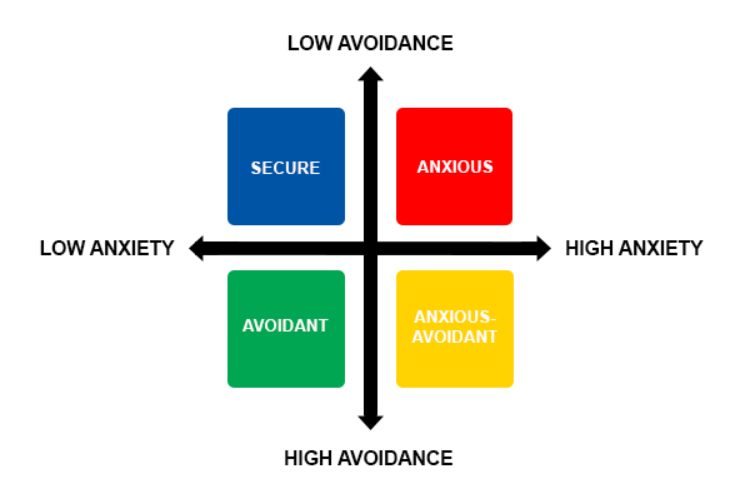Photo from pexels
Good communication is essential in any relationship, but it requires more than just talking. Many couples struggle to engage in meaningful conversations that help them connect on a deeper level. Poor communication can create distance, misunderstandings, and frustration, even when both partners have the best intentions. For a relationship to thrive, it’s crucial to develop habits that actively encourage open, thoughtful dialogue. Consistently practicing these habits helps build trust and strengthens emotional bonds between partners.
1. Prioritize Active Listening
The cornerstone of any meaningful conversation is active listening. This skill involves fully focusing on your partner without interrupting or planning your response while they’re speaking. Many people make the mistake of hearing only part of what their partner says and then jumping to conclusions or immediately offering solutions. Instead, try to listen to understand the message rather than just reacting to it. Active listening encourages empathy and helps both partners feel heard and valued.
Active listening also requires reading non-verbal cues. Body language, tone of voice, and facial expressions often convey more than words alone. Pay attention to these signals and validate your partner’s feelings by acknowledging what they’re saying and how they feel. For example, if your partner is expressing frustration, you might respond by saying, “It sounds like you’re feeling really overwhelmed right now. Do you need any support?” This kind of empathetic response shows you’re truly listening and valuing their emotional experience.
To develop better listening habits, practice patience and be mindful of distractions, such as phones or external noise. Set aside dedicated time for meaningful conversations, ensuring both partners can focus without interruptions. Create a calm environment where both individuals feel comfortable sharing their thoughts. Consistency is key to building trust and improving communication. The more you practice active listening, the more your partner will feel heard, understood, and respected.
2. Use Feeling Statements Instead of “You” Statements
How partners express their thoughts and emotions can dramatically affect the quality of a conversation. Conversations often become tense when one person feels accused or blamed, especially if “you” statements are used. These statements can sound critical or accusatory, such as, “You never listen” or “You’re always late.” Such phrases can put your partner on the defensive and hinder a constructive dialogue. Instead, using feeling statements encourages a more collaborative and less confrontational conversation. This approach allows each person to take responsibility for their feelings and thoughts without blaming the other. A feeling statement focuses on the speaker’s experience, such as sharing frustration when there isn’t time to talk or the couple is late to important events. These statements express feelings while avoiding unnecessary conflict.
To improve the effectiveness of feeling statements, partners should combine them with a willingness to express needs clearly. It’s essential to ask for what you need in a positive, non-demanding way. For example, you might express a need to set aside time each evening to talk about one another’s day. This way of communicating encourages cooperation and a better understanding of each other’s emotional needs. It also helps prevent defensiveness because it focuses on feelings rather than blame. Over time, this approach can create a more supportive and open dialogue between partners.
3. Avoid Avoidant Communication Patterns
In many relationships, partners may struggle with conflict avoidance or passive communication styles, which can prevent meaningful conversations from happening. Some individuals adopt an avoidant communication style, where they either shut down or disengage when confronted with difficult topics. While avoiding conflict may feel comfortable in the moment, it can ultimately lead to unresolved issues and emotional distance over time. To address avoidant communication, it’s crucial to create a safe environment where both partners feel comfortable sharing their concerns. This involves cultivating a non-judgmental space where difficult emotions can be discussed openly. Setting clear intentions for the conversation is another way to break avoidant habits. Partners should agree on specific goals, such as resolving an issue or gaining clarity on a subject, before diving into the discussion.
When conflict arises, it can be helpful to take breaks if emotions escalate. Pausing to reflect before continuing the conversation allows both partners to approach the issue with a calmer mindset. Practicing patience and empathy during these discussions helps to prevent avoidant behaviors and creates an atmosphere of trust, where each person feels confident in expressing their thoughts. Taking time to cool down can prevent impulsive reactions and hurtful words. By breaking the cycle of avoidance and addressing problems head-on, couples can promote more meaningful conversations that lead to long-term growth and understanding in the relationship.
Conclusion
Building strong communication with a partner is an ongoing process that requires dedication and mindful effort. Through active listening, the use of feeling statements, and the avoidance of conflict-avoidant communication patterns, couples can create an environment where meaningful conversations are the norm rather than the exception. These strategies not only improve understanding between partners but also strengthen the emotional connection, creating a foundation of trust and mutual respect. Over time, this approach builds greater emotional resilience in the relationship. With consistent practice, these habits can lead to deeper intimacy and a healthier relationship overall.
